How to Start a Bullet Journal
Have you been wondering how to start a Bullet Journal? Bullet journals are growing in popularity, and today is a good day to get started. If you are ready to try paper planning in your own creative way, bullet journaling is an easy way to get organized.
This system is not complicated. All you truly need is a notebook and a writing utensil. However, there are a few simple strategies that can help you plan your life in a bullet journal more efficiently.
How to Start a Bullet Journal
The Notebook.
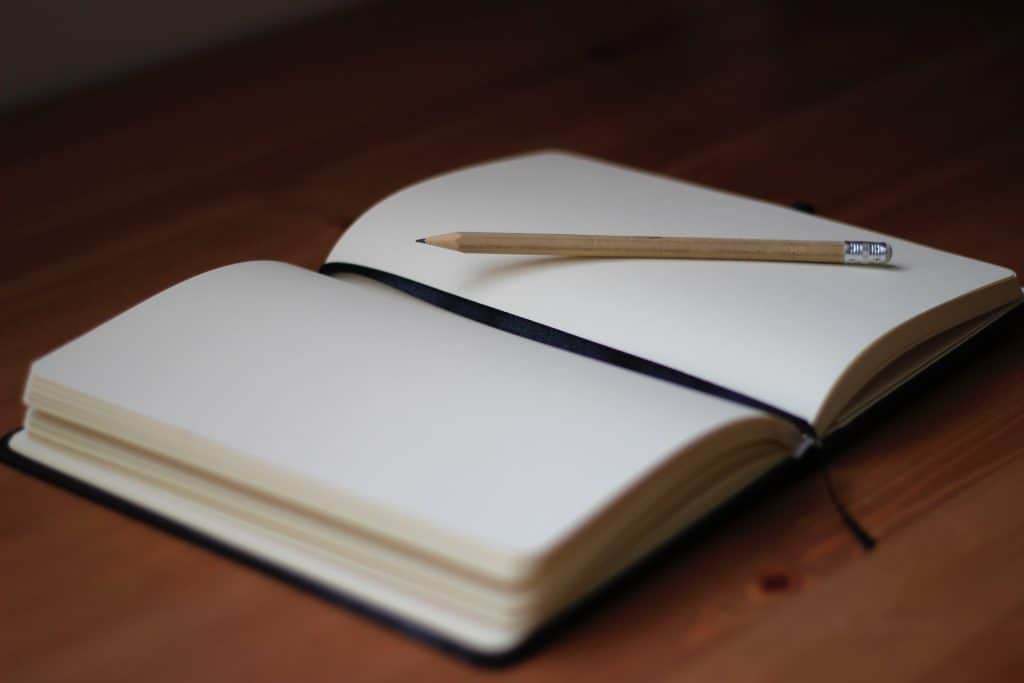
While any notebook will do, most people prefer grid or dotted paper. You can use a journal with blank pages or lined pages. The trendy option for a bullet journal is the Leuchtturm Medium Notebook is THE notebook for Bullet Journaling, but Moleskein’s Notbooks like these are popular too. They are both relatively affordable and offer hardcovers and nice paper. Both are a good choice for first timers.
The Key.
Inside your bullet journal will be a key. This is usually the first page and you record what symbols you will use as you map out your day. Here is a sample key:
? (Dot) Task
X Completed Task
> Migrated Task
– Notes
Appointments are marked by circles.
The Index.
After your key will be your index. This is where you list page numbers and topics for your collections or to get to a specific month. If your journal does not have page numbers, you will now number all your pages. This makes it easy to flip between sections and stay organized.
The Logs.
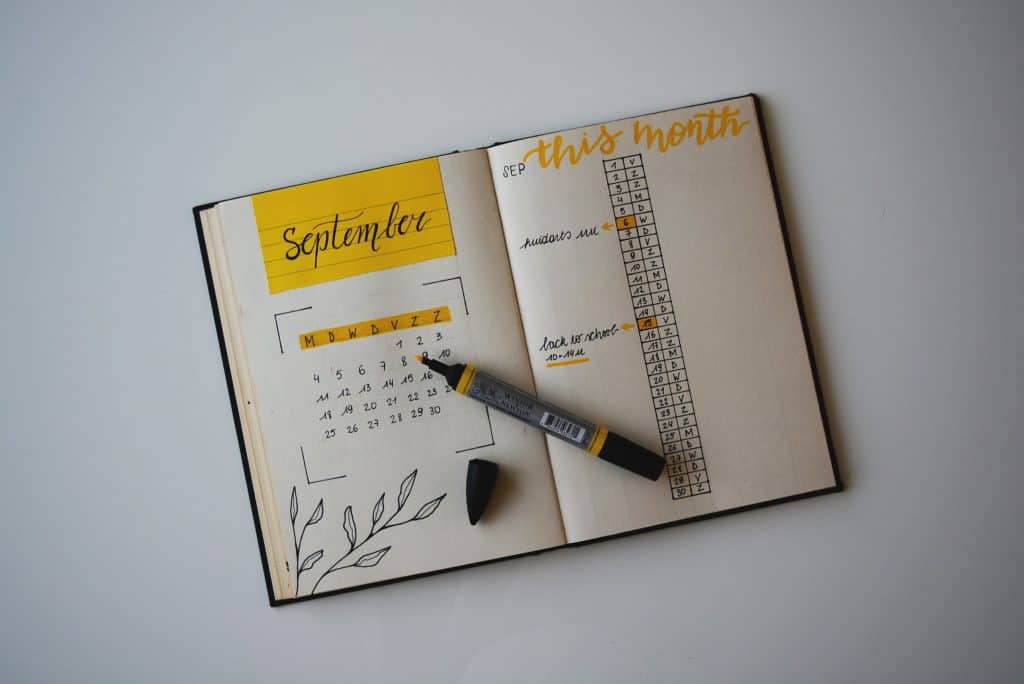
While there are many different ways to set up your bullet journal, logs are typically a part of your set up.
- Future Log: This is traditionally a two-page spread that shows the upcoming six months. You could include a full calendar year if that makes more sense for you. Record birthdays and anniversaries along with vacation time.
- Monthly Logs: Every month has a monthly log where you can record due dates and appointments. Try using a grid layout or use one line for each day of the month.
- Daily Logs: This is where you design your day. Start each morning with a new section for a new day. Make a list of your tasks and cross them off when you are finished. Sounds simple, right? You can write down daily notes and appointments. Everything is logged here in your daily log so you never forget anything. If you don’t finish a task, you can migrate it to a future day.
What does it mean to migrate a task? At the end of the day, you can move tasks to another day. This process, called migrating, is something that is crucial to keeping your bullet journal organized. Mark off what you finished and migrate what you didn’t.
Your goal for every day in your bullet journal is to deal with each task on your daily list by finishing it, migrating it, or crossing it out.
Collections.

This is the fun part! At least for me. Collections are lists that you make that have nothing to do with dates. For example, a list of books you want to read or a list of countries you want to travel to. All you have to do is find a blank page and start tracking! Make sure to number your collections and all them to the index.
Bullet journaling is not just a trendy way to share your handwriting online. It is a functional way to be productive and stay organized.
.If you are looking for Bullet Journal Spreads for Inspiration,Check here!
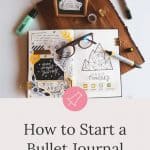
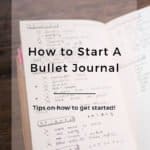
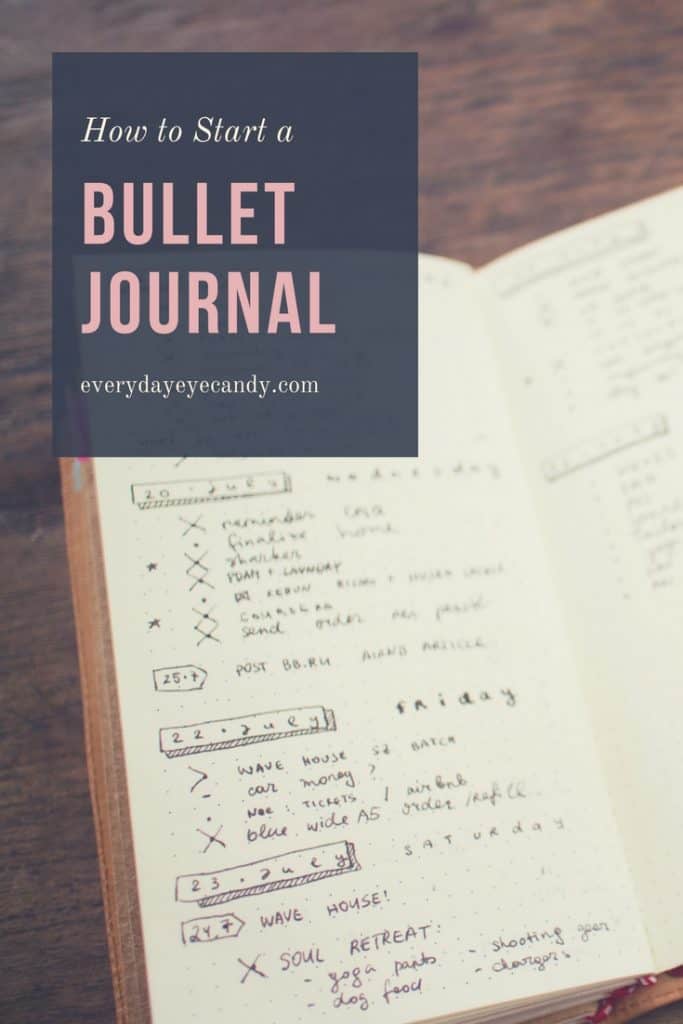
There is something about grid paper that makes me happy but I haven’t fully delved into bullet journaling but I am intrigued. Thank you for the tips because I didn’t know where to start!
I’m like MIMI. I am intrigued and have been reading everything I can about it. I have a journal to use and lots of pens and even tape for it. But have not yet gotten right down to doing it. I like your tips and thanks for sharing.